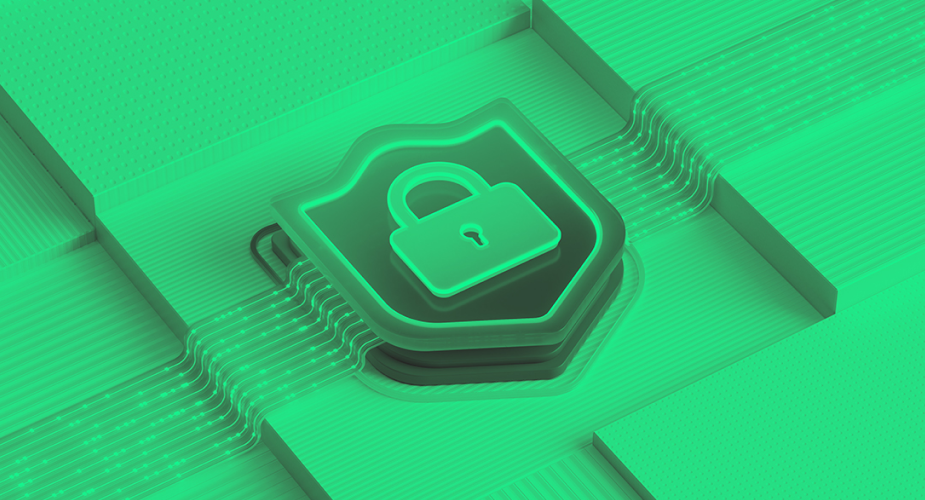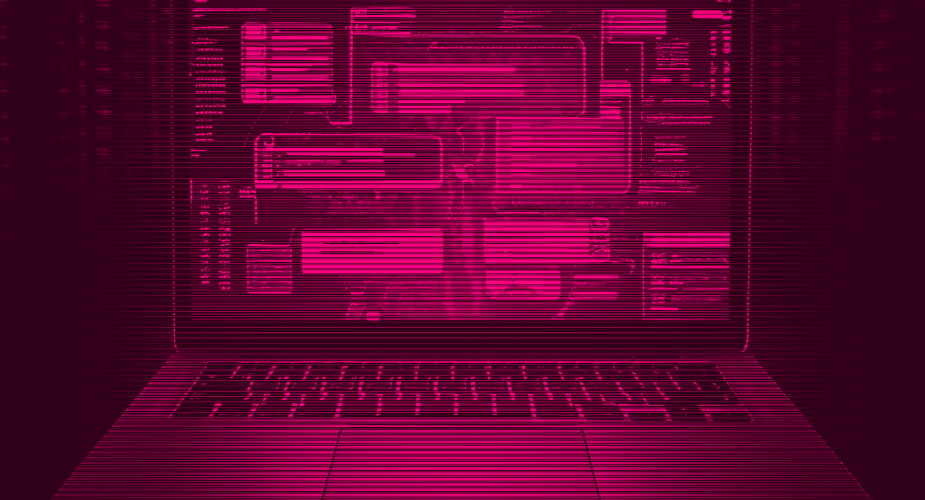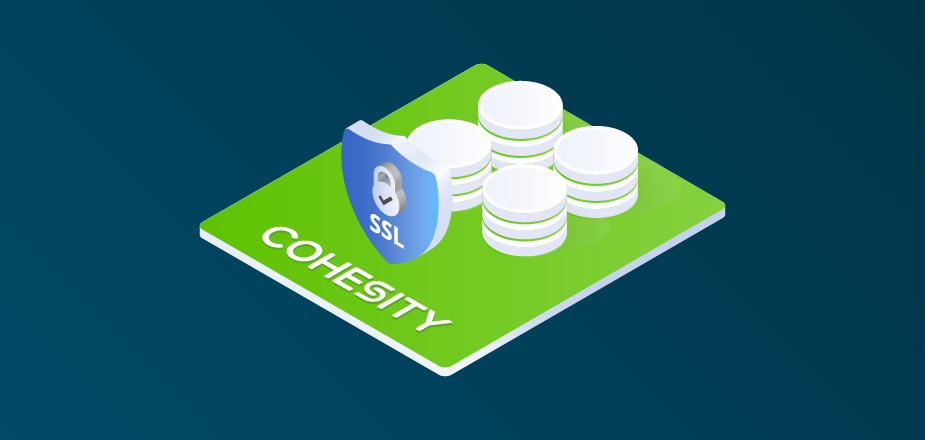By 2021, 50% of organizations will augment or replace their current backup application with another solution.
– Magic Quadrant for Data Center Backup and Recovery Solutions, Gartner 2017
Data is your organization’s most valuable asset. Yet backing it up often creates costly and risky IT management headaches. That’s because backup solutions are typically provided by four or five vendors, siloed across dozens of different locations, in aging infrastructure. This causes mass data fragmentation, slowing recovery, and dark data.
Risks of Mass Data Fragmentation
- Team burnout – 31% more IT time spent managing mass data fragmentation complexity (~16 more weeks/year)
- Missed opportunities – 90+% surveyed say moving staff from secondary data tasks could raise revenues 8–10% over 5 years
- Compliance risk – 9 in 10 are concerned about visibility into secondary data
- Competitive exposure – Almost half say failing to address the issue is a disadvantage
Top 5 Requirements for Enterprise Backup and Recovery Solution
You can help your business overcome operational challenges and move to modern data management by recalling these top five requirements when you’re evaluating your next enterprise backup and recovery investment.
1. Simplify Backup Operations with a Hyperconverged Architecture
Disconnected, legacy backup tools are complex to manage and require expensive, disruptive upgrades. Multiple point solutions, with their disparate user interfaces (UIs) and isolated operations, make it impossible to get a unified view of your backup infrastructure and manage all of your data wherever it resides – on-premises, in public clouds, and at the edge.
What’s needed is a hyperconverged backup and recovery solution that consolidates and updates the capabilities of your many point products into one modern platform that can be easily managed through a single, global UI. Look for a solution that’s easy to operate, offers a true scale-out architecture without limitations, and covers a comprehensive set of workloads including virtual, physical, cloud-native and SaaS applications, traditional and modern databases, and storage.
2. Ensure Business Continuity with Instant Recovery of Your Backups
Downtime is a matter of when, not if, with today’s complex IT environments. In our 24×7 business world, prolonged downtime hurts both your reputation and bottom line. Legacy backup products, and even some from newer backup vendors, can’t handle quickly recovering more than a few virtual machines (VMs) at a time. That’s because most backup solutions have to perform complex task of reassembling deduped data (rehydration) across multiple backup copies before presenting data for recovery.
Plus mass data fragmentation caused by legacy systems and multiple locations – including the cloud – further slows recovery. A modern backup solution doesn’t put limits on your recovery. It recovers hundreds of VMs or other data sets in minutes, not hours or days. Look for a solution that maintains an unlimited number of fully hydrated backup copies, has true global search across both workloads and locations, and offers instant mass recovery.
3. Streamline Operations and Lower OpEx with a Cloud-native Solution
Hybrid cloud adoption (developing and running production applications on-premises and in public clouds) is the new enterprise normal. Yet when IT teams go to back up and archive enterprise data in public clouds, they’re finding legacy backup solutions fall short. Most were introduced before public clouds, so they’re not architected with cloud in mind. They require bolt-on gateways, and are expensive to rollout and manage.
Contrast that with a modern, cloud-native solution that backs up and protects data and applications in the cloud – Amazon Web Services, Microsoft Azure, and Google Cloud – while taking advantage of cloud scalability and cost efficiencies. Look for a solution designed with a native S3 interface, policy-based data mobility to limit cloud egress charges, and true global dedupe across the public cloud for best-in-class storage efficiency.
4. Defend Your Backup Data and Your Enterprise from Ransomware
Backup and recovery solutions are designed to protect your organization, but sophisticated ransomware now targets your backups. Cyber criminals modify their malware to track down and eliminate backups. What’s your plan to protect your data from these threats that are predicted to hit your business every 14 seconds this year? Safeguarding your data is simpler with a modern solution that has built-in capabilities to prevent backups from becoming targets.
More than just simple backup, a well thought-out data management solution defends against intruders impacting backup copies and helps you instantly recover without having to make a ransomware payment. Look for a self-defending solution that not only reduces your attack surface with an immutable file system, but also proactively monitors and analyzes backup data in real time for anomalies. Then, should the worst happen, it helps you immediately get back to business with instant mass restore.
5. Exceed Backup Data Compliance Requirements
Staying compliant with increasingly stringent government and industry requirements – from GDPR to PCI to HIPAA and more – shouldn’t interfere with business agility. Yet low visibility into information stored in your backups creates dark data that’s difficult to uncover, secure, and share. Going well beyond backup as an expensive insurance policy, a modern data management solution lets you run applications directly on all of your data for deep visibility. It can help you easily locate personal information (e.g., credit card numbers, social security numbers, etc.), easing compliance audits and tasks.
Solve Mass Data Fragmentation with Modern Backup and Recovery
Don’t let your backup environment become a costly and risky IT management headache. As you evaluate new investments, demand more from a backup solution and vendor. Replace siloed, legacy tools with an end-to-end data management solution that is scale-out for worry-free growth, integrates natively with the cloud, and most important, lets you do more with your data to deliver new insights and prevent ransomware.
Download this Buyer’s Guide to Modern Backup to learn more about modern backup and recovery.
















